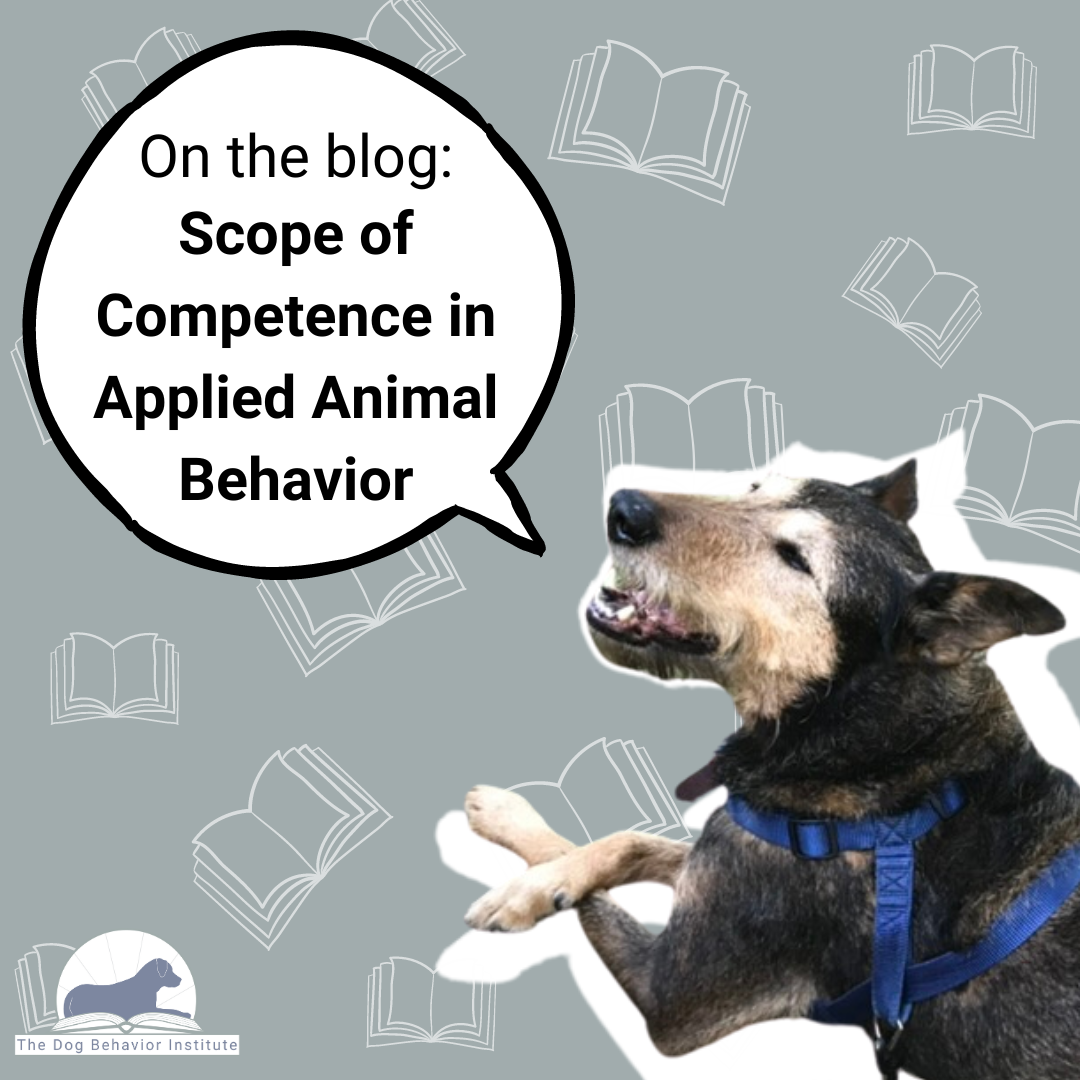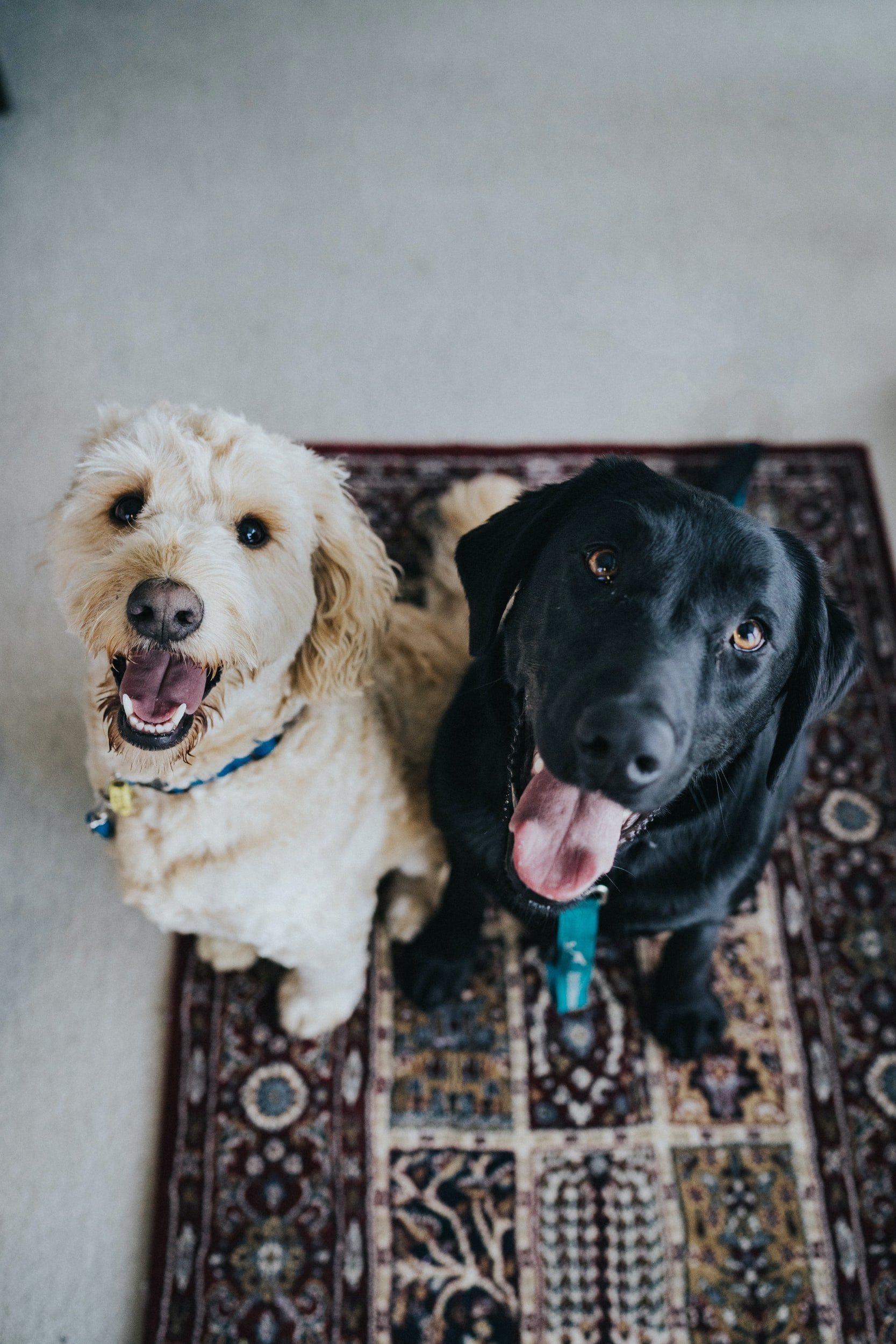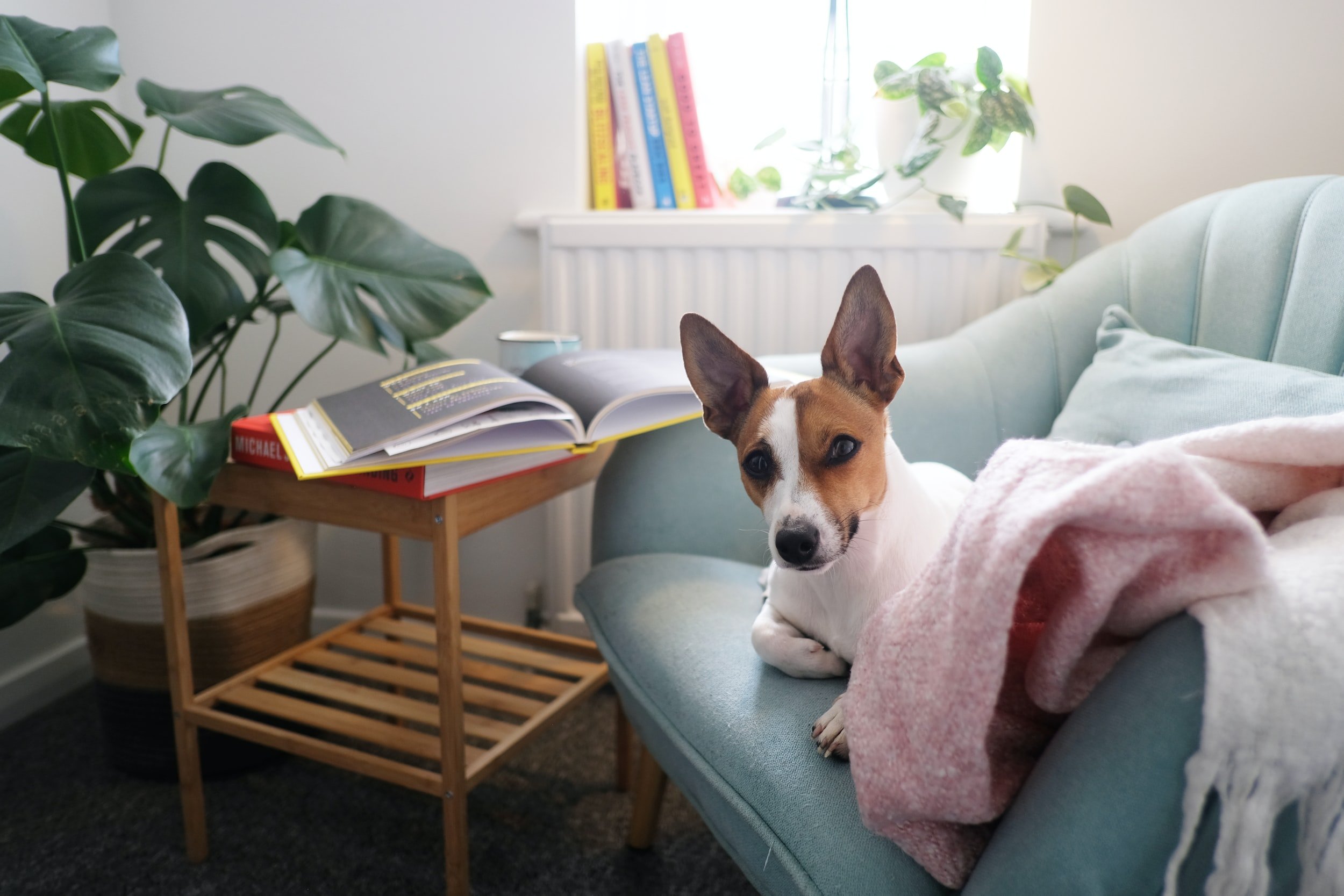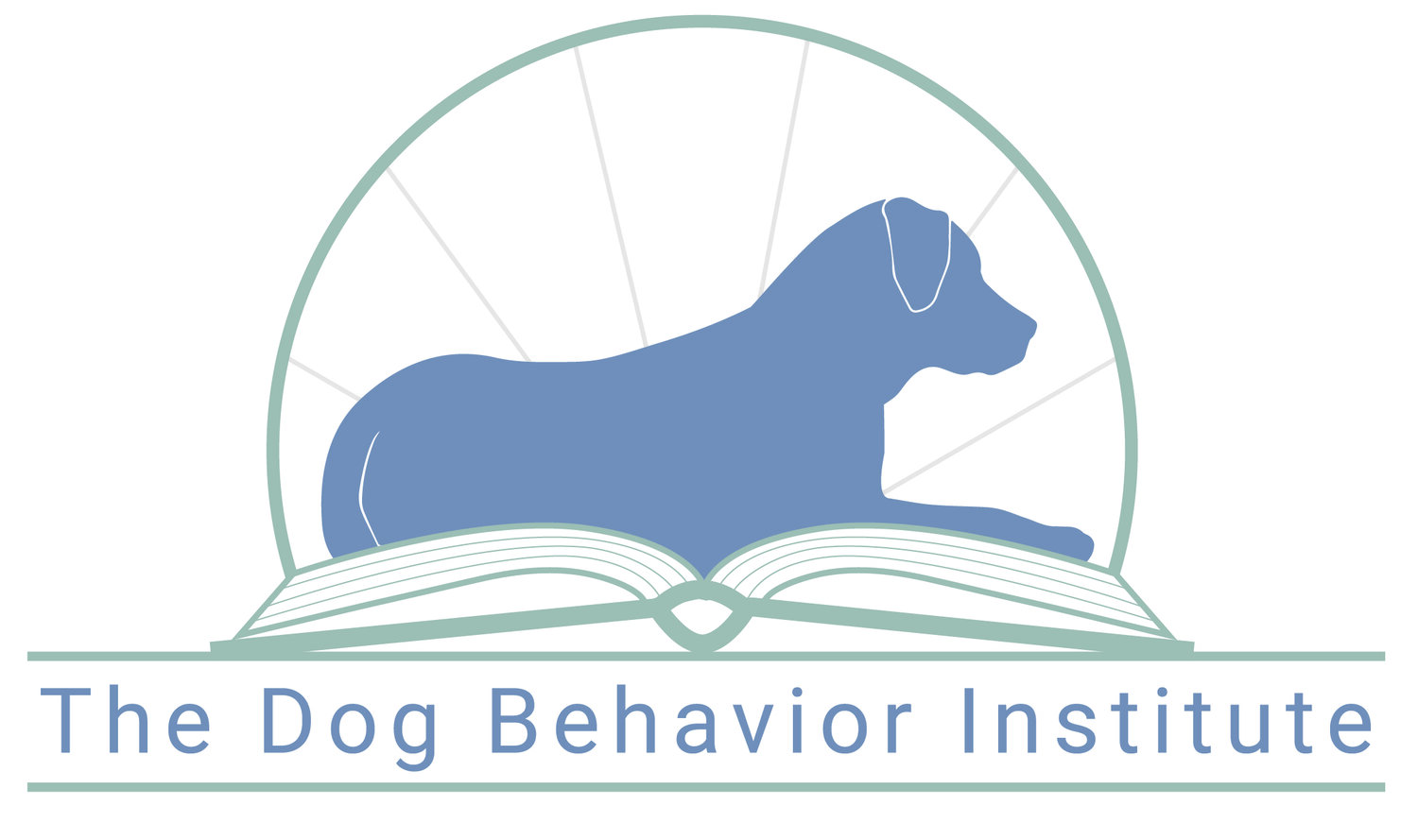The Dog Behavior Institute Blog

Scope of Competence in Applied Animal Behavior
Even more often, the question of how to become a dog trainer comes to us from people who are currently BCBAs who work with people and want to switch over to working with animals. It can be confusing to figure out how to make a switch in populations; this is especially true in terms of dog training because the field of dog training is unregulated. That is, there is no designated path, degree, or certification that is required to become a behavior analyst who works with dogs. And this is where we start to see problems crop up.

Why Separation Anxiety is one of my favorite behavioral challenges to treat
I know it sounds weird: separation anxiety and “favorite” in the same sentence. But it’s true, separation-related problem behaviors are one of my favorite types of behavioral challenges to treat. It wasn’t always this way. Early on in my career (over 17 years ago, long before I encountered Behavior Analysis), I was flummoxed by separation anxiety (SA). With the understanding of behavior that I did have at that time, it seemed reasonable that a “cry it out” approach (i.e., operant extinction) would work. I recommended the use of crates, baby gates, or pens - as many trainers did and still do - and I had very limited success. Eventually this became a behavioral challenge that I avoided as a trainer. So what changed?

Why we don’t do “one size fits all” training
We decided to take some time here to clarify: what makes poor training advice? In our opinion this comes down to two main things that I’ll outline in more depth below: 1) broad advice applied to any dogs or all dogs of a specific type, and 2) recommendations for the use of aversive procedures.

ABA & Dog Training
When it comes to behavior change and our dogs, we humans are in a position of power. We control almost every aspect of our dogs’ lives, including when they eat, when they go outside and come in, who they get to interact with, and more. It is critical that we take responsibility for our role in our relationship with our dogs.

